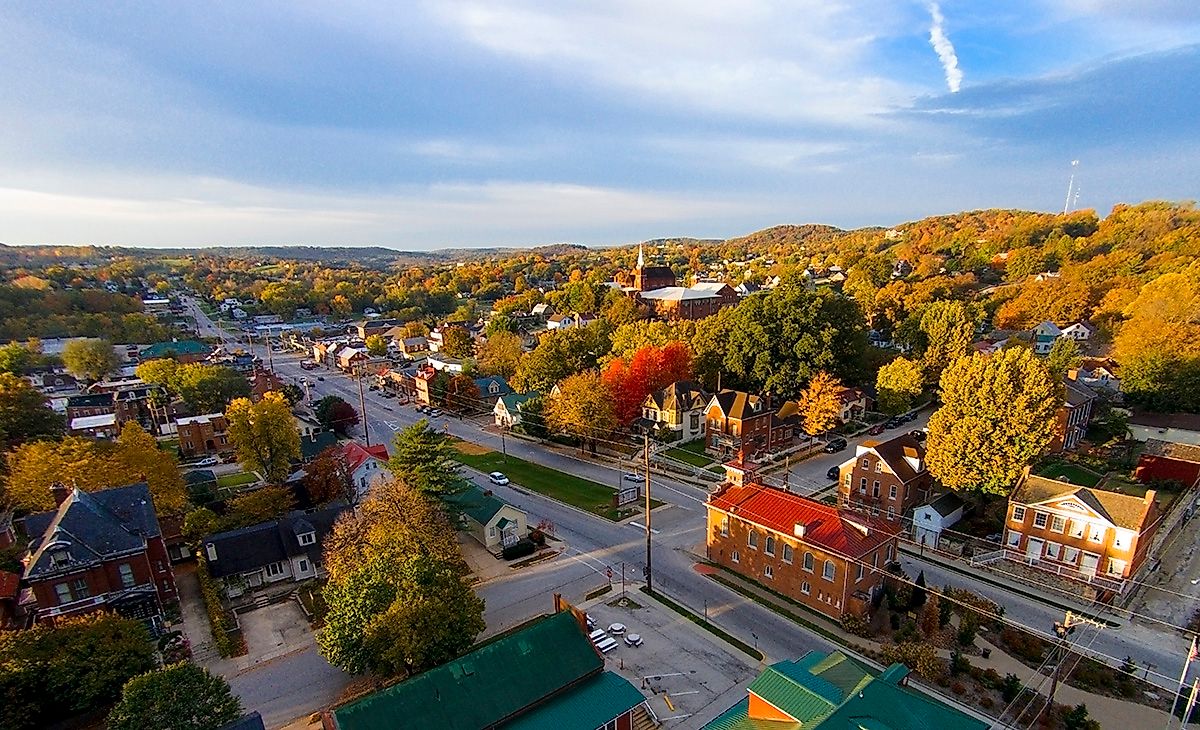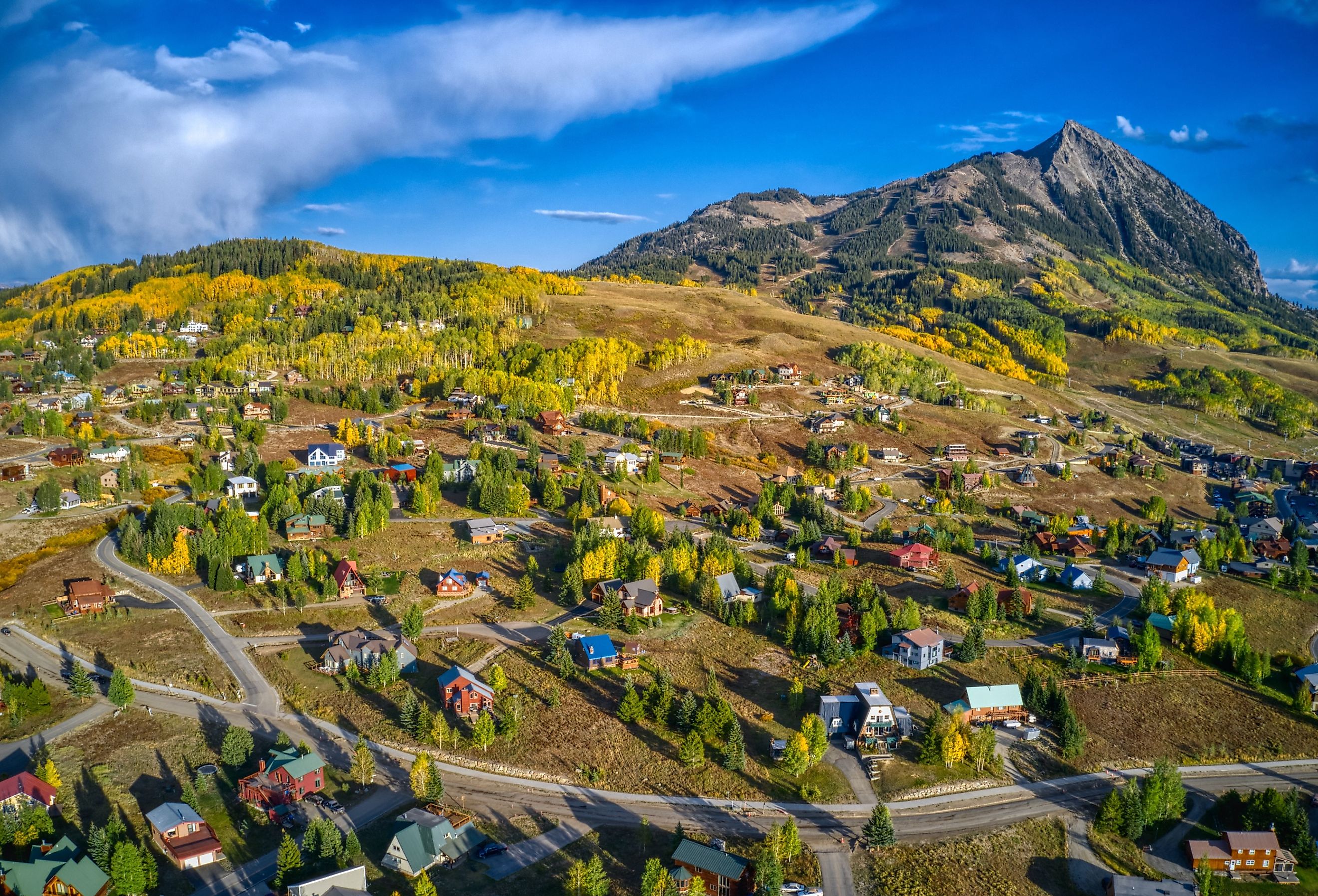
These Towns in Colorado Have Rich Cultural Heritage
Colorado has been a confluence of so many different cultures. The Ute weaved in the west while the Arapaho hunted in the east. Spaniards conquered from the south while the French trapped in the north. Mountains clash with prairies in the state's center, synthesizing diverse activities, industries, and human beings. Much cultural blending has been rocky, but it has given Colorado some of the most exciting communities in the United States. Here are seven Colorado towns with a wealth of heritage ready for travelers to discover.
Cortez
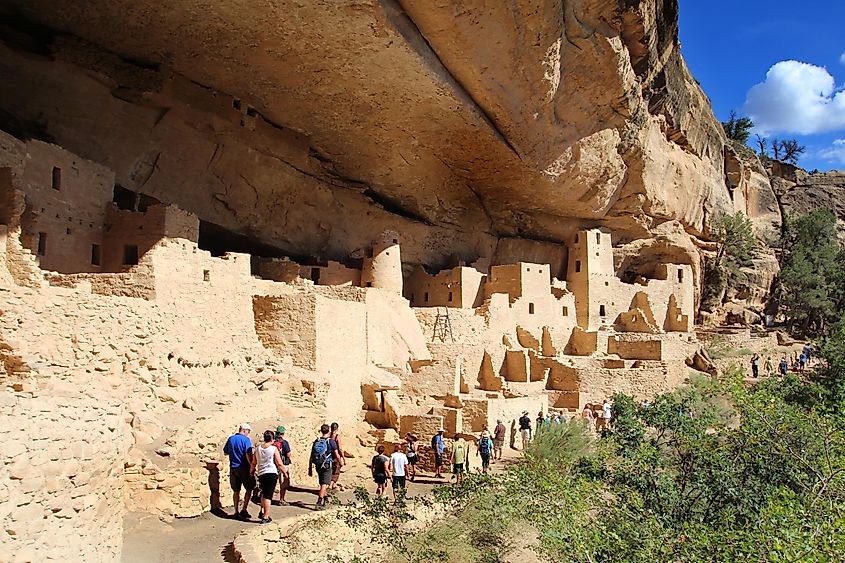
Cortez has a rich cultural heritage right in its name. Although its etymology is undocumented, the community in Montezuma County was almost certainly named after the Spanish conquistador Hernán Cortés. History buffs might know that Cortés did not go near Colorado, but that did not stop 19th-century settlers from thinking that Aztecs created the Indigenous ruins near the town, the victims of Cortés. The ruins belonged to the Puebloan people, who thrived in Colorado until the 13th century. Surrounding the quaint, 8,800-person "city" are Ancestral Puebloan wonders such as rock carvings, cliff dwellings, and namesake pueblos, which were year-round settlements preserved with sandstone and adobe. Many of these landmarks live at Mesa Verde National Park, established in 1906 by Theodore Roosevelt as the first park to protect human nature.
In modern times, the area became a hub for farmers, outdoor enthusiasts, and Utes from a neighboring reservation. Add in myriad tourists, and it has become the cultural profile of contemporary Cortez, Colorado.
Crested Butte

Crested Butte was the Ute's homeland, which became miners' loot and now a skiing pursuit. That alone speaks to the culture of a 1,600-person town beneath a 2,500-foot mountain. To explore the town's Indigenous heritage, visit the Crested Butte Museum or the much broader Ute Indian Museum in nearby Montrose. Tour old prospecting sites on Crested Butte Mountain and others in the Elk Mountains range for some mining history and attractions. Of high historical significance is Mount Emmons, which was to be plundered by a mining corporation in the '70s until townsfolk mounted a successful defense. Lastly, visitors here can experience ski culture firsthand at Crested Butte Mountain Resort or visit the skiing history exhibit at the aforementioned museum, which exhibits trains, coal mining, and mountain biking.
Ouray
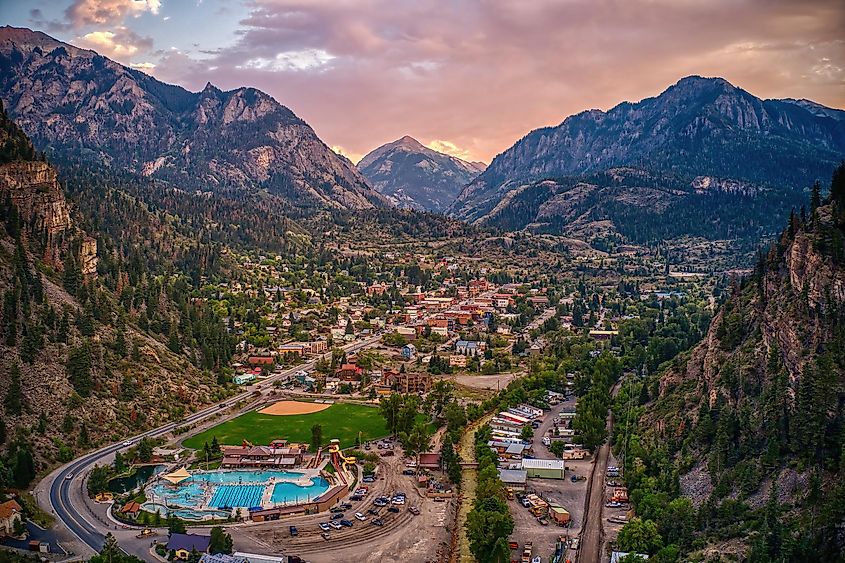
Ouray, dubbed the "Switzerland of America," is a small town of 900 residents at 8,000 feet and was named after Ute chief Ouray and became a literal goldmine in the late 19th century. Early prospectors were served by grandiose buildings such as the Beaumont Hotel, Ouray City Hall, and Walsh Library, which are presently national historic places. Naturally, Ouray's Swiss-style riches and pitches attracted all outdoor adventurers, from skiers to bikers to hikers to off-roaders. The most unique and extreme sport to emerge in the community is ice climbing, notably on frozen waterfalls, which led to the establishment of Ouray Ice Park, considered the world's first park of its kind. Aside from esoteric culture, Ouray is represented in popular culture as filming locations for movies such as True Grit and Over the Top.
Paonia
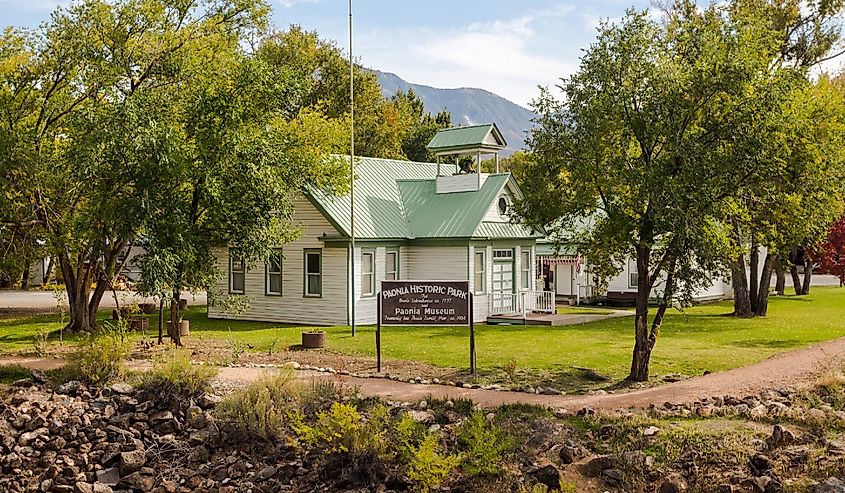
Paonia is a panorama of Colorado culture. The 1,500-person town sits in the Rocky Mountains among abandoned mines, artsy gatherings, Terence McKenna's birthplace, ranchland, recreation, and deep Indigenous roots. Its plant roots are almost as deep as Paonia's Ute roots, as Paonia was named after the beautiful and fragrant flower: the peony. Samuel Wade brought these plants from Ohio when he settled the town in the late 1800s. Wade's flowers blossomed into a booming agricultural industry consisting of numerous orchards and wineries. To celebrate its berry-tage, Paonia has hosted a Cherry Days Festival annually since 1946. It is the cherry on top of a visit to the town.
Manitou Springs

Water springs have been the draw of aptly named Manitou Springs for hundreds of years. Native Americans were the first to drink the area's natural mineral water; however, it was initially commodified by William Jackson Palmer and William Abraham Bell in the 1870s. They founded the town as a health resort, with the springs serving everyone from pitiful tuberculosis patients to wealthy tourists with indigestion. Not much has changed in the last century. The town still depends on the springs, supplemented by 5,000 permanent residents and unique attractions like the Manitou Cliff Dwellings, Manitou Incline, and Miramont Castle Museum.
Fort Morgan
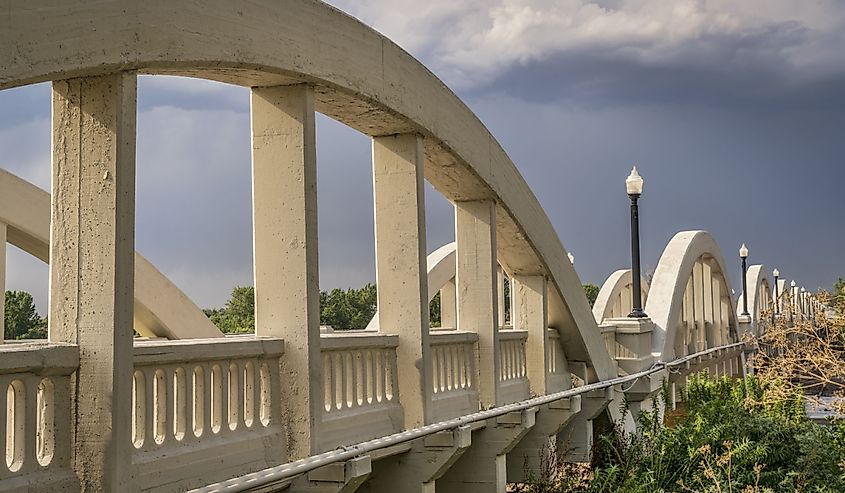
Eastern plains get ignored in discussions about top Colorado locations, even though they are as spacious as the mountains and mesas. One community that is flat in terrain but thick in heritage is Fort Morgan, which began as an actual fort in 1864 to protect supplies and settlers along the Overland Trail. The fort closed in 1868, leaving behind a historical marker and a town with the same name, incorporated in 1887. The town rekindled its military past between WWI and WWII to build an armory and training center. But to find even deeper heritage in the Fort Morgan area, drive up to the Pawnee National Grassland, one of the last preserves of native prairie in Colorado. The land contains artifacts and campgrounds used by prehistoric Indigenous peoples. They may be plains, but there is nothing plain about them!
Crestone

Crestone started as a land grant made by the United States to the heirs of the Mexican Baca family after a head-scratching series of deeds and disputes. The land eventually went to George Adams, who built a community in the late 1800s. Like many Colorado mountain towns, Crestone subsisted on mining and boomed to thousands of residents at the turn of the 20th century. Then, the mines dried up, and the population dwindled to a few dozen by the 1970s. Enter Maurice Strong and Hanne Marstrand, Canadian business and romantic partners who turned the near-ghost town into a multi-spirit mecca. Almost all religions are represented in the tiny community through churches, temples, and even a ziggurat to honor ancient Mesopotamian spirituality. Crestone is so inclusive that it has housed cults, such as Love Has Won, and alien worshippers from the nearby UFO Watchtower. Moreover, it is supposedly the only place in America to offer legal and nondenominational cremations on an outdoor pyre.
Colorado has two faces. One has mountains, mesas, pueblos, mines, and Spanish-Indigenous influence. The other has prairies, trails, springs, agriculture, and French-Indigenous influence. Blurring the line are numerous towns reaping the riches of cross-Colorado culture. Visit Cortez, Crested Butte, Ouray, Paonia, Manitou Springs, Fort Morgan, and Crestone to indulge in the area's deep roots and authentic and unique cultures across the towns.

